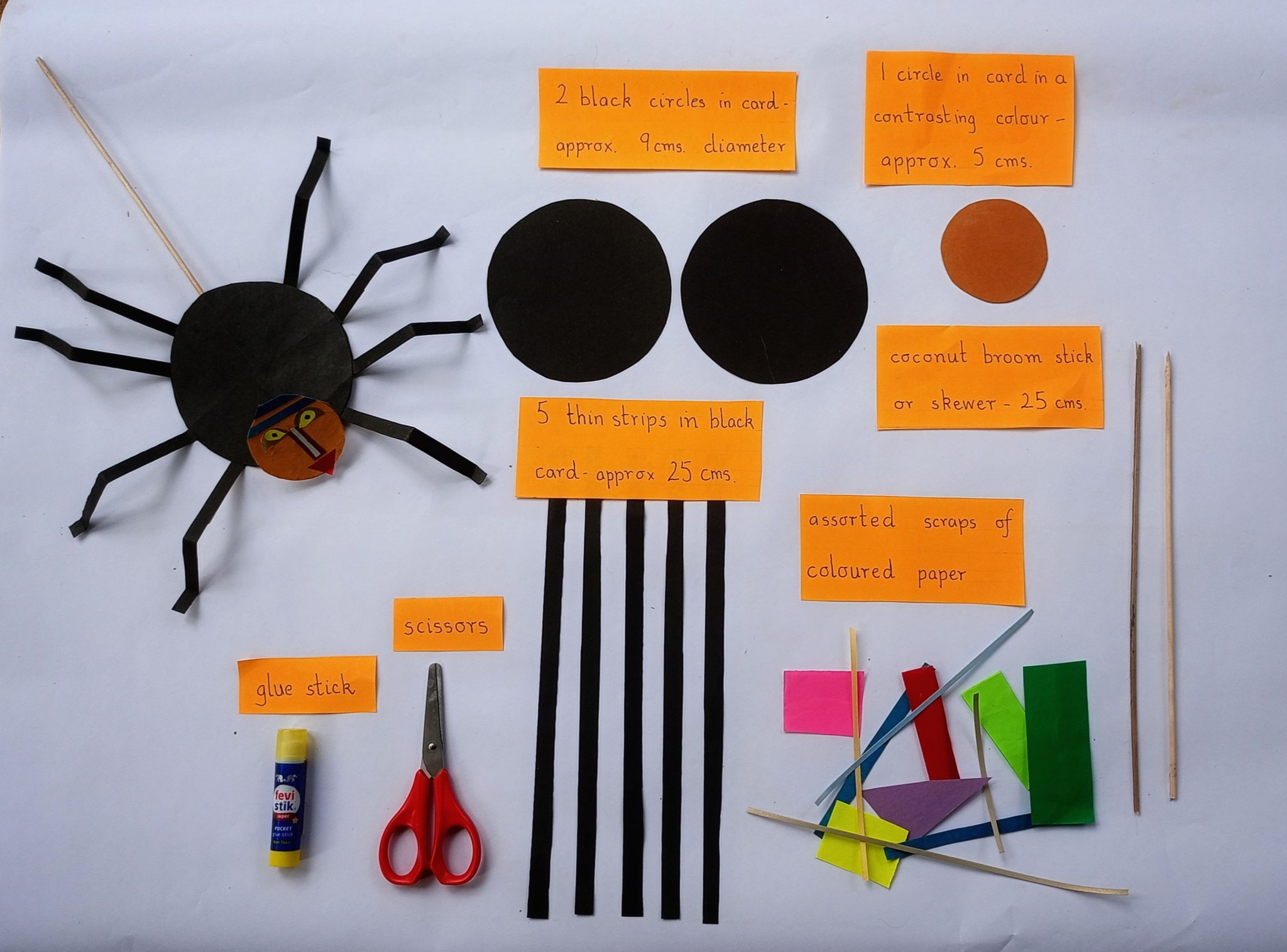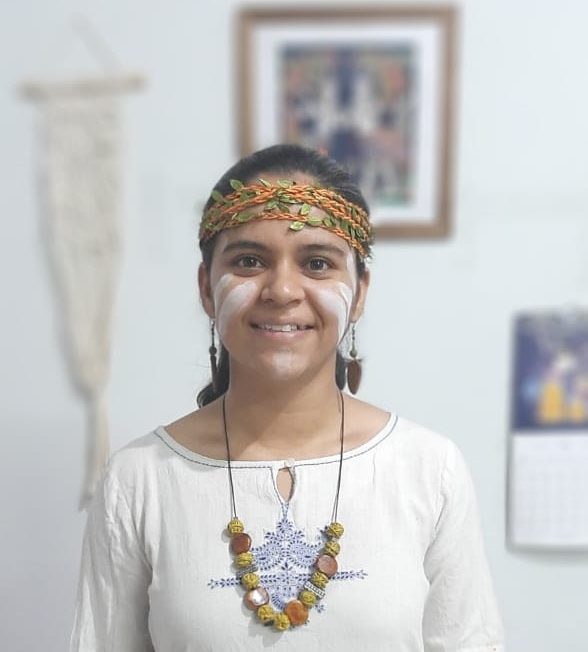Bookworm, being a library focused organisation, has always shared books and stories with children. However, the second wave of the pandemic, once again locked us within the walls of our homes and screens. It restricted physical movement, but gave wings to fly to different continents through stories.
During the summer break, we planned to travel with children to Australia, South Africa, Europe, North America and Asia. The virtual journey to 5 continents with 17 children has been enriching for us as it taught us many things with regard to the planning and facilitation of sessions, activities and engagement of children and power of collaboration.
Planning and Facilitation of Sessions and Selection of Stories
The introduction to the continents was done in a gamified way and children were encouraged to read the map, identify the continent based on the features. Additionally, each session also had the sharing of story, an activity and in the end, we shared a bookshelf themed on the continent. The book shelf enabled the experience of virtual browsing and exercising the choice that a child should have to select and then read a book. 
What was a bit challenging was the selection of stories for each session. Since we did not know much about the children who registered for the session, apart from their age, we were not sure of the kind of stories they would like and their engagement with stories. Therefore, we considered the age-group as the indicator to select the stories and we drew upon our experiences of working with similar age groups. Each day, the story was shared in a different way by 5 different facilitators. There was a conscious decision of not following the same pattern of telling the story each day.
Post-session Activity
The story in each session was extended by an activity for which all the materials were shared in advance with parents and they were very supportive in this task. An attempt was made to keep the material basic so it was accessible to all. This was the segment where we wished that physical engagement with children could be possible. There is a limitation when conducting virtual activities and we could see how it was affecting children. Our learnings have been immense in facilitating activities:
- The art activities for virtual engagement need to be very simple. If possible, visuals of the art material and pre-cut material helps in managing the session.
- Facilitators need to have the same material that is asked from the children.
- Too many instructions at the same time confuses children. If possible, record a small video of the art activity and play it to follow the instructions. The facilitator can also do the activity simultaneously.
- Paper craft took maximum time and attention and it was stressful for facilitators to follow-up with each child
- Spotlighting/showing the art work by each child brings joy to the whole session.
Since each session had a different kind of activity and children would eagerly wait to do it and would try to guess what we were going to make.
Engagement of Children
It was the engagement and excitement of the children that motivated and inspired us everyday. We experienced that whether virtually or physically, children give their 100%. They were well accustomed to zoom and were very participative in all the sessions. It was interesting to observe how some children have sailed through the transition from physical to virtual sessions.
We felt that having some shared rules helped in smooth facilitation and gave opportunity to everyone to speak. We also experienced that children who are shy to raise their hands or share points need to be brought in whenever they are comfortable otherwise they may miss out.
Power of Collaboration
The experience of each session was rich because of different facilitators who shared stories in their unique style and brought a different energy to the group. It was a learning experience for all the facilitators to learn from each other’s way of sharing stories and engaging children.
Once again, through the online reading fest, the power of collaboration was reaffirmed and we thank our facilitators for coming together to do it so well.
The team has grown in planning from the first session to the last session in various ways. Engaging children virtually is not an easy task. Each child needed personal attention, wanted to share response and thoughts, raise questions and participate fully. But personal attention to each one is difficult in a large group.
We learnt to use different zoom features to facilitate the session in a way that it allowed all to share without creating too much chaos in the session. What was amazing to observe was that each child was fully present in the session and was excited to participate.
The virtual nature of the program opened new windows of opportunity for us and we thank all the parents for believing in us and making children part of it.


